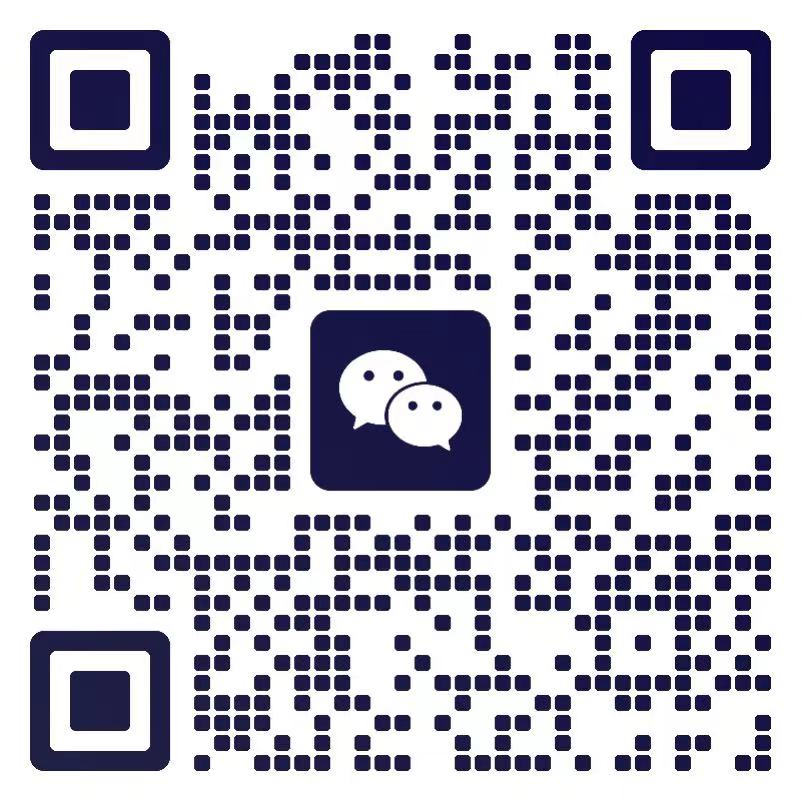Visual communication is an important aspect of human interaction and has been used for centuries to convey ideas, thoughts, and emotions. From cave paintings to renaissance art, visual representations have played a significant role in shaping our understanding of the world. With the advent of technology, visual communication has become increasingly efficient and accessible. And now, with the introduction of AI-powered drawing tools, the possibilities for revolutionizing visual communication are endless.
AI-powered drawing tools utilize the power of artificial intelligence to enhance and simplify the process of creating visual content. These tools combine the creativity of human artists with the computational abilities of AI algorithms to generate stunning and realistic images. They offer a range of features such as image generation, style transfer, and colorization, making it easier than ever before to create visually appealing content.
One of the key advantages of AI-powered drawing tools is their ability to automate certain aspects of the creative process. For example, an AI algorithm can analyze an input image and generate a realistic drawing based on that image. This can save artists a significant amount of time and effort, allowing them to focus on the more creative aspects of their work.
Additionally, AI-powered drawing tools can assist artists in exploring different styles and techniques. By analyzing a large database of images, AI algorithms can learn and replicate various artistic styles, allowing artists to experiment with different aesthetics and find their unique visual voice. This can be particularly helpful for emerging artists who are still exploring their artistic style.
Another exciting feature of AI-powered drawing tools is their ability to enhance and modify existing visual content. These tools can automatically colorize black and white images, modify the style of an artwork, or even generate entirely new images based on a given prompt. This opens up a whole new world of possibilities for creative expression and can serve as a valuable tool for designers, illustrators, and other visual artists.
Aside from their creative possibilities, AI-powered drawing tools also have practical applications in various industries. For instance, architects can use these tools to generate realistic 3D renderings of their designs, allowing clients to visualize their projects before they are built. Similarly, marketers can create eye-catching visuals for advertisements, websites, and social media platforms, attracting attention and conveying messages effectively.
Of course, there are also concerns that AI-powered drawing tools might replace human artists or lead to a homogenization of creativity. However, it is important to recognize that these tools are meant to assist and enhance the work of artists rather than replace them. AI algorithms can provide suggestions, generate templates, and automate repetitive tasks, but the creativity and unique perspective of human artists will always be essential.
In conclusion, AI-powered drawing tools have the potential to revolutionize visual communication. By combining the computational power of AI algorithms with human creativity, these tools can simplify the creative process, enhance artistic expression, and open up new possibilities for visual communication. Whether it is in the field of art, design, architecture, or marketing, these tools are changing the way we create and perceive visual content. As technology continues to advance, we can expect even more exciting developments in the field of AI-powered drawing tools, further elevating the possibilities for visual communication.
转载请注明:Revolutionizing Visual Communication: The AI-Powered Drawing Tools | AI工具合集

